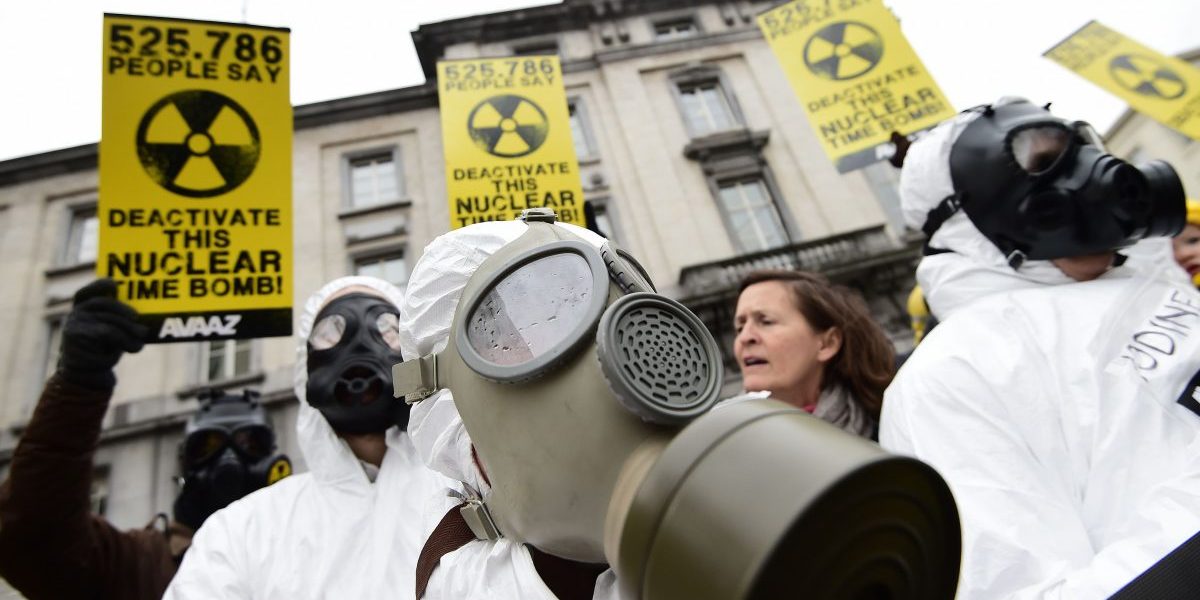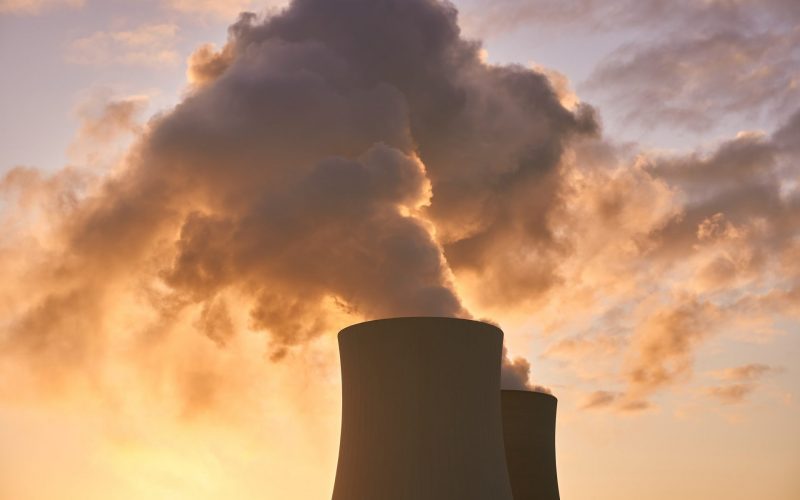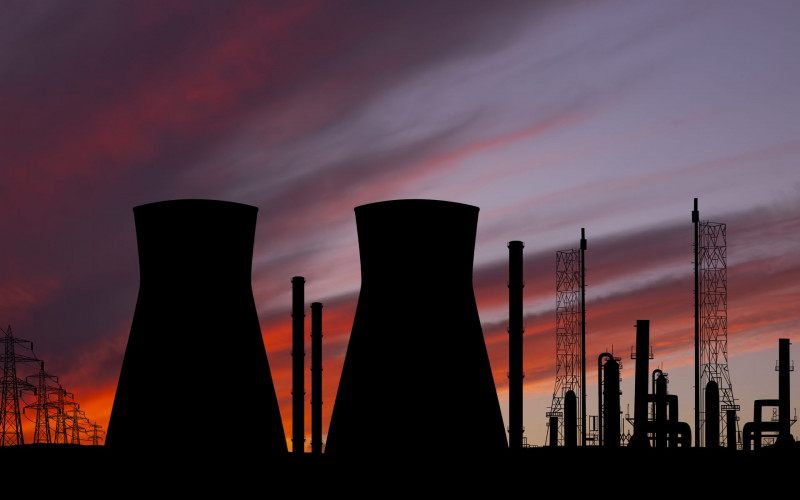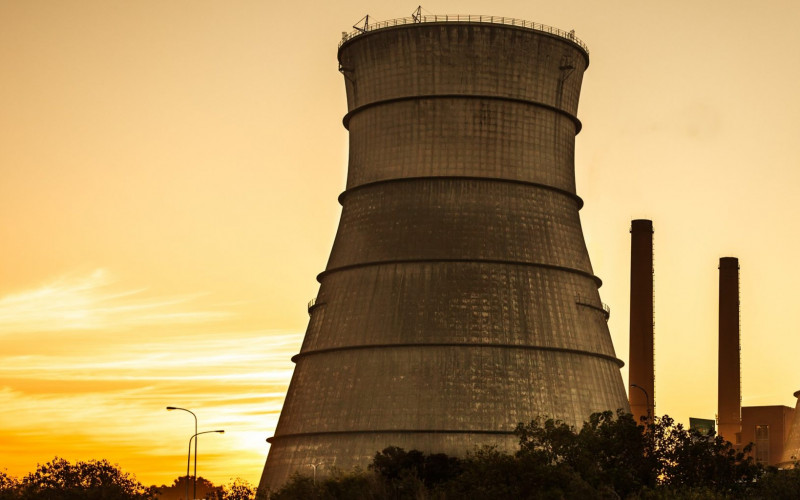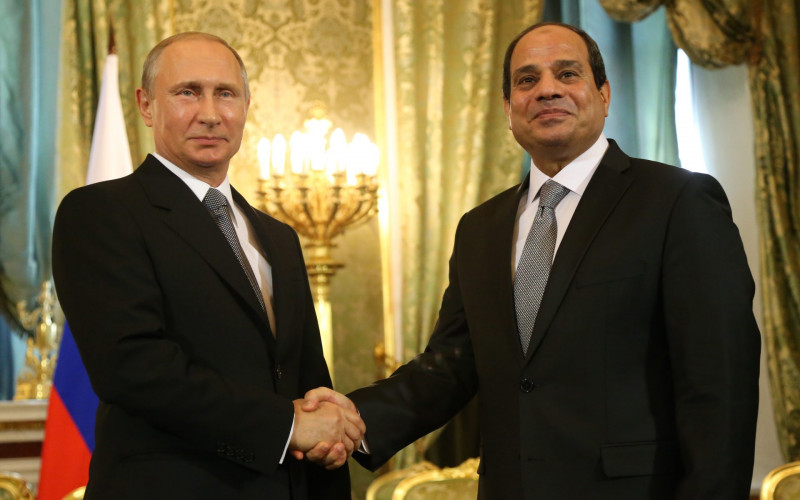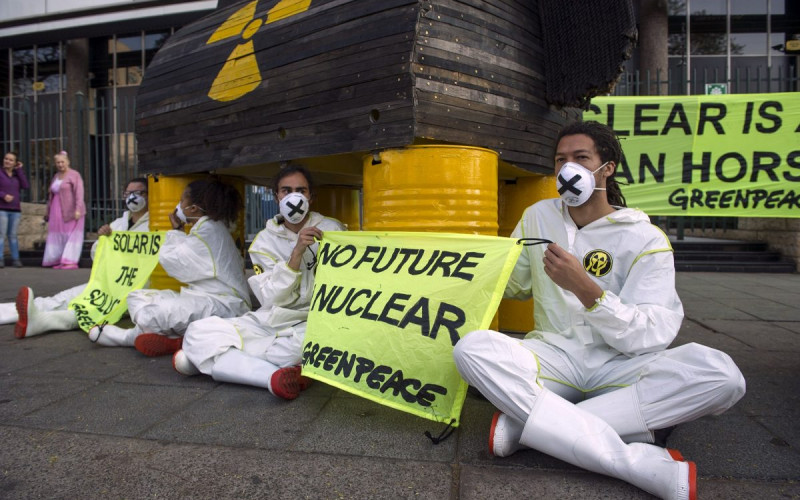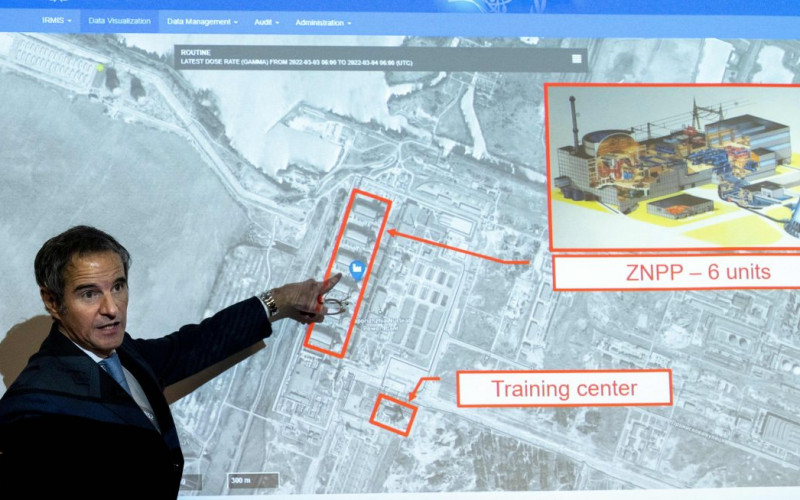Activists rejoiced when Cambodia became the 52nd state to ratify the Ban Treaty on 22 January 2021, officially making it international law. Of its current 86 signatory states, 59 have ratified the treaty. One year after this momentous occasion, it is worth reflecting on the progress and challenges remaining for both the Ban Treaty and nuclear disarmament more broadly.
Apart from making nuclear weapons illegal, the Ban Treaty also provides an outline for ‘the verifiable and irreversible elimination of nuclear weapons programmes’. In addition, states parties are responsible for assisting victims of the use and testing of nuclear weapons, and dealing with resulting environmental fallout. While these are welcome developments, the threat of existing nuclear weapons still looms large.
Mounting pressure to disarm
Momentum continued to build after Cambodia’s ratification. A further seven states ratified the Ban Treaty in 2021 and several additional signatory states are expected to complete the ratification process in 2022. The continued drive for ratification and signature is important if the world’s non-nuclear weapons states hope to put pressure on the nine nuclear weapons states (NWS) – China, France, India, Israel, North Korea, Pakistan, Russia, the UK, and the US – to fully disarm.
There are more than 13,000 nuclear warheads in existence, the vast majority of which (90%) are dispersed between Russia and the US. None of the NWS have signed the Ban Treaty, but five of them – China, France, Russia, the UK and the US – have signed the Treaty on the Non-Proliferation of Nuclear Weapons (NPT).
While the end goal of the Ban Treaty is to ensure that nuclear weapons are illegal for all states, the NPT acknowledges the existence of NWS and aims to prevent their spread beyond the recognised few. According to the NPT, countries which conducted nuclear weapons tests before 1967 are classified as NWS. China, France, Russia, the UK and the US, also known as the Permanent 5 (P5), fall into this category.
The Ban Treaty supplements the NPT and acts as a mode of reinforcement for NWS to work to end the nuclear arms race and commit themselves to complete disarmament. However, this has seemingly been forgotten. The NPT (Article VI) does not provide a set timeline for NWS to fully disarm. Without a hard deadline, these states cannot be held fully accountable.
Some NWS are also sceptical of joining the NPT. India, for example, shows no interest in joining it on the grounds that it tested its nuclear weapons after 1967. This treaty also has an infamous withdrawal clause, which was used by North Korea in 2003. With the looming possibility of states withdrawing from the NPT, what guarantee does the world have of nuclear weapons states honouring their obligations to fully disarm?
Threat of nuclear arms race
The P5, on 3 January 2022, issued a joint statement on the threat of a Cold War-like nuclear arms race and expressed its ‘desire to work with all states to create a security environment more conducive to progress on disarmament with the ultimate goal of a world without nuclear weapons’.
While supporters of disarmament got their hopes up after this statement, these were crushed the very next day when China announced that it would proceed with the modernisation of its nuclear arsenal. It was recently made public that the Biden Administration is considering ‘killing off several nuclear weapons programmes that were greenlit by the Trump White House’.
While this news is welcomed, US officials close to the matter have revealed that the country ‘is not expected to make major changes to nuclear policy’. In fact, the Biden Administration is planning to allocate more than $634 billion to ‘operating, sustaining and modernising’ the US nuclear arsenal between now and 2030.
Apart from the risk of additional weapons being added to the world’s existing stocks, there is also a danger of the number of NWS expanding as Iran continues to make nuclear advances. In June 2021, experts warned that the country could be weeks away from enriching weapons-grade uranium.
Africa the largest nuclear weapons free zone
With 52 signatory states and 42 ratifications of the Treaty of Pelindaba, Africa has established itself as the largest nuclear weapons-free zone in the world. This commitment gives the continent substantial weight in the fight for a nuclear weapons-free world. However, the levels of support for the Treaty of Pelindaba are not reflected in African states’ commitment to the Ban Treaty. Twenty-nine African states have signed the treaty, while only nine have ratified it so far. This could be attributed to the fact that significant work still needs to be done to get all AU-member states to sign and ratify the Treaty of Pelindaba.
The momentum that saw the Pelindaba Treaty become a global example of dedication to the ideal of a world free of nuclear weapons should drive the same parties to this treaty to join the Ban Treaty. With the backing of the largest nuclear weapons-free zone behind it, support for the Ban Treaty can still grow. This would bring humanity closer towards the ideal of a world free of nuclear weapons. But until NWS take the decision to join the Ban Treaty, these weapons could be with us for a long time yet.

